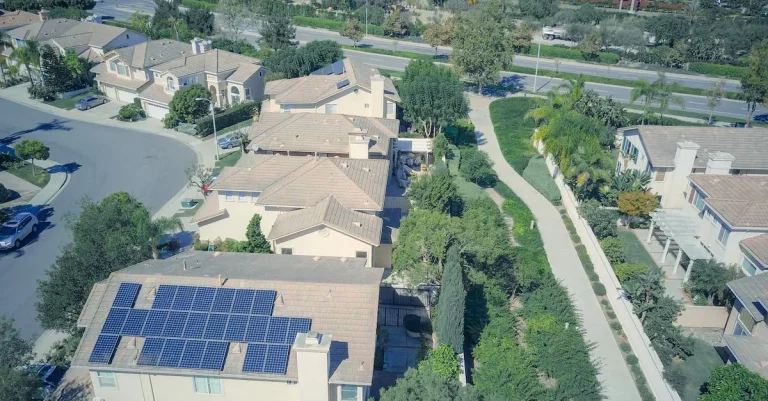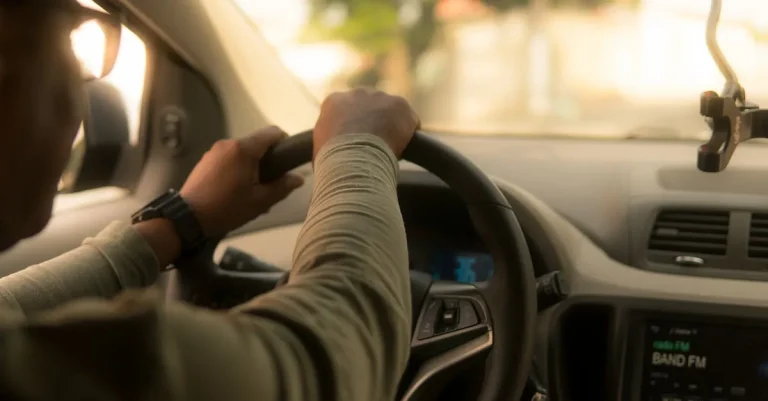How Many Guns Can You Own In California?
With mass shootings frequently in the news, gun laws are a hot topic across the United States. For citizens of California interested in owning firearms for hunting, sport, or self-defense, a key question is: how many guns can you legally own in the state? With varying state and federal regulations in place, the answer is more complex than you might think.
If you’re short on time, here’s a quick answer to your question: There is no specific limit on the number of firearms you can own in California as long as you comply with all applicable state and federal laws. However, California does place restrictions on the types of guns allowed and imposes waiting periods for purchases.
California Gun Ownership Laws
When it comes to gun ownership, California has some of the strictest laws in the United States. These laws are in place to promote public safety and reduce the risk of gun violence. Understanding these laws is crucial for anyone looking to own a firearm in the state.
Background Checks and Waiting Periods
Before purchasing a firearm in California, individuals are required to undergo a background check. This check is conducted by the California Department of Justice and includes a review of criminal records, mental health history, and restraining orders.
The purpose of this check is to prevent individuals with a history of violence or mental illness from obtaining firearms. Additionally, there is a mandatory 10-day waiting period after the purchase of a firearm before it can be picked up.
Firearm Safety Certificate Requirement
In order to possess a firearm in California, individuals must obtain a Firearm Safety Certificate (FSC). This certificate is obtained by passing a written test that covers topics such as firearm safety, handling, and storage.
The FSC ensures that gun owners have a basic understanding of firearm safety laws and regulations.
Restrictions on Specific Firearm Types
California has specific restrictions on certain types of firearms, such as assault weapons and high-capacity magazines. Assault weapons, defined as firearms with specific features such as a detachable magazine and a pistol grip, are banned in the state.
High-capacity magazines, which are magazines capable of holding more than 10 rounds, are also prohibited.
Limits on Purchases and Transfers
California imposes limits on the number of firearms that individuals can purchase within a specific time period. Currently, an individual is limited to purchasing one handgun per 30-day period. This limit does not apply to long guns, such as rifles or shotguns.
Additionally, all firearm transfers, including private sales and transfers between family members, must be conducted through a licensed firearms dealer, who is responsible for conducting a background check.
Registration Requirements
In California, all firearms must be registered with the state. This includes handguns, rifles, shotguns, and even antique firearms. Upon purchase, the firearm owner has 60 days to register the firearm with the California Department of Justice.
Failure to register a firearm can result in criminal charges.
For more information on California gun ownership laws, you can visit the official website of the California Department of Justice: https://oag.ca.gov/firearms.
Factors That Can Limit Gun Ownership
Owning a firearm in California is subject to various factors that can limit the number and type of guns an individual can possess. These factors are put in place to ensure the safety and well-being of the general public.
Understanding these limitations is crucial for anyone looking to exercise their Second Amendment rights in the state.
1. Magazine Capacity Limits
One of the factors that can limit gun ownership in California is the magazine capacity limits. The state prohibits the possession of magazines capable of holding more than 10 rounds. This restriction aims to reduce the potential lethality of mass shootings and increase the chances for self-defense in certain situations.
According to a study conducted by the Violence Policy Center, states with high-capacity magazine bans have significantly lower firearm death rates compared to states without such restrictions. These findings highlight the effectiveness of limiting magazine capacity in reducing gun violence.
2. Assault Weapons Ban
California has implemented an assault weapons ban, which restricts the ownership and possession of specific firearms classified as assault weapons. This ban includes certain semi-automatic rifles, pistols, and shotguns with specific features deemed as “assault weapon characteristics.”
These features include things like detachable magazines, folding stocks, and pistol grips.
The ban is intended to prevent the use of military-style firearms in criminal activities and reduce the potential for mass shootings. It is worth noting that the ban does not apply to all firearms, and there are exceptions for law enforcement officers and individuals who possessed such weapons before the ban was enacted.
3. Handgun Roster Requirement
California also has a handgun roster requirement, which limits the type of handguns that can be legally purchased and owned in the state. Handguns must be approved and listed on the California Department of Justice’s roster of handguns certified for sale.
This requirement ensures that handguns meet certain safety standards and helps prevent the circulation of unsafe and unreliable firearms. However, this limitation has faced criticism for potentially infringing on the Second Amendment rights of law-abiding citizens.
4. Age Requirements
Another factor that can limit gun ownership in California is age requirements. The state prohibits individuals under the age of 21 from purchasing handguns and individuals under the age of 18 from purchasing long guns, such as rifles and shotguns, from licensed firearm dealers.
These age restrictions aim to prevent firearms from falling into the hands of minors who may not have the necessary maturity and responsibility to handle them safely. However, exceptions exist for minors who are participating in specific activities, such as hunting or target shooting, under adult supervision.
5. Legal Status
Lastly, an individual’s legal status can also impact gun ownership in California. Certain individuals, such as convicted felons, individuals with restraining orders, or those with a history of domestic violence, are prohibited from owning firearms.
This restriction aims to prevent individuals who pose a potential risk to public safety from obtaining firearms. It is crucial to ensure that individuals with a history of violence or criminal behavior do not have access to firearms that can further endanger others.
For more information on gun ownership limitations in California, you can refer to the official website of the California Department of Justice’s Firearms Division: https://oag.ca.gov/firearms.
Best Practices for Responsible Gun Ownership
Proper Storage and Security
One of the most important aspects of responsible gun ownership is ensuring proper storage and security of firearms. It is crucial to keep guns out of the reach of unauthorized individuals, especially children or those who may pose a danger.
The California Department of Justice recommends storing firearms in a securely locked container or in a location that is inaccessible to others. This can include a gun safe, a locked drawer, or using a gun lock.
By securely storing your firearms, you can help prevent accidents, theft, or unauthorized use.
Regular Practice and Training
Responsible gun owners understand the importance of regular practice and training to maintain proficiency and safety. It is recommended to regularly visit a shooting range to practice shooting skills and familiarize oneself with the handling and operation of firearms.
This not only enhances accuracy but also instills discipline and responsibility. Additionally, participating in training courses or seeking guidance from experienced instructors can further improve knowledge and skills related to firearm safety.
Maintaining Records
Keeping accurate and up-to-date records of firearm purchases and transfers is a crucial aspect of responsible gun ownership. In California, it is required by law to retain records of firearm transactions, including sales, transfers, and loans.
This helps law enforcement agencies trace the ownership of firearms and ensures accountability. It is advisable to maintain records of purchase receipts, bills of sale, and any related documentation to comply with legal requirements and demonstrate responsible gun ownership.
Carrying Legally
When it comes to carrying firearms in public, it is essential to understand and abide by the laws and regulations in your jurisdiction. In California, individuals must have a valid concealed carry permit to carry a concealed firearm.
It is important to familiarize yourself with the specific requirements and restrictions regarding concealed carry permits in your county. It is also crucial to be aware of areas where carrying firearms is prohibited, such as schools, government buildings, and certain public spaces.
By adhering to the law, responsible gun owners can ensure the safety of themselves and others.
For more information on responsible gun ownership in California, you can visit the California Department of Justice’s website: https://oag.ca.gov/firearms
Conclusion
In summary, while California does not place a specific cap on the number of firearms you can own, your rights are subject to numerous federal, state, and local regulations. By understanding the relevant laws, completing required procedures, and practicing responsible ownership, you can legally acquire and possess multiple guns in compliance with California statutes. But requirements like background checks, rosters, age limits, and permits mean the process is heavily regulated compared to other states.








